The Wire, July 2004. Illustration and design by Non-Format. Christopher Cox’s interview with Lucier is available to read here.
• “I went into experimental overdrive. Lyrical motifs became literal imagery. A hammer shattering a plate of glass. A lyrical maze of geometric tunnels and formations.” Chris Mosdell talking to Aquarium Drunkard about writing lyrics for Yellow Magic Orchestra and others (you can hear his voice on YMO’s Citizens Of Science), plus the recording of his own debut album, Equasian.
• At Public Domain Review: “…this short, odd book confronts a question that has vexed naturalists for thousands of years: how do we account for the precipitation of animals?” Odd Showers; or, An Explanation of the Rain of Insects, Fishes, and Lizards (1870) by George Duncan Gibb.
• “…few writers on our list could have functioned in the culture that, today, sees literature as a profession for which you prepare like any other: going to the right school, meeting the right people.” Francine Prose on her encounters with the literary strange.
• “Where was glass first fashioned? How was it worked and coloured, and passed around the ancient world?” Carolyn Wilke presents a brief scientific history of glass.
• RIP Antony Sher and Alvin Lucier. In 1969 Lucier was sitting in a room different to the one you are in now. Elsewhere: Alvin Lucier at Ubuweb.
• New/old music: Zeitgeist: Ambient Music from 2012 to 2020 by Marco Simioni & Mattia Saviolo.
• James Balmont on five unmissable films from the Japanese New Wave movement.
• At Spoon & Tamago: Illuminated paintings of Tokyo after dark by Keita Morimoto.
• Mixes of the week: XLR8R Podcast 724 by Laura BCR, and Isolatedmix 115 by HVL.
• At Strange Flowers: part two of James Conway’s Secret Satan end-of-year list.
• “Jony Ive’s first major design since leaving Apple isn’t what you’d expect.”
• At Dennis Cooper’s: Yasuzo Masumura Day.
• Glass (1968) by Sagittarius | Glass (1979) by Joy Division | Glass (2009) by Bat For Lashes

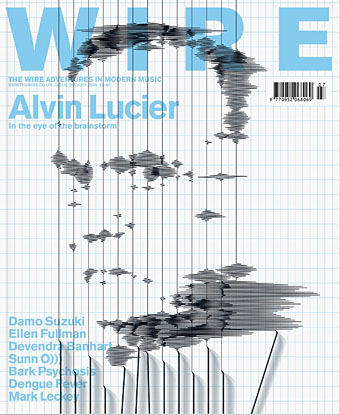
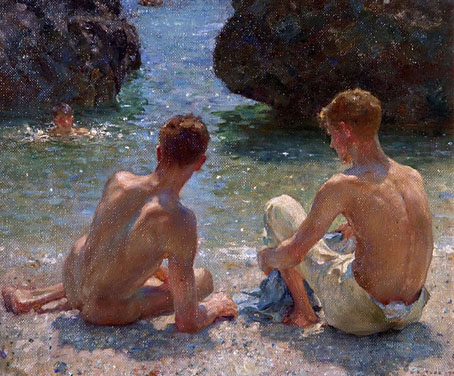
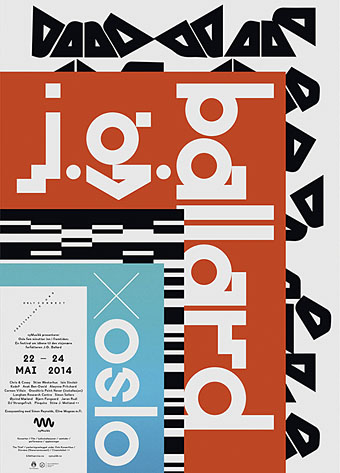
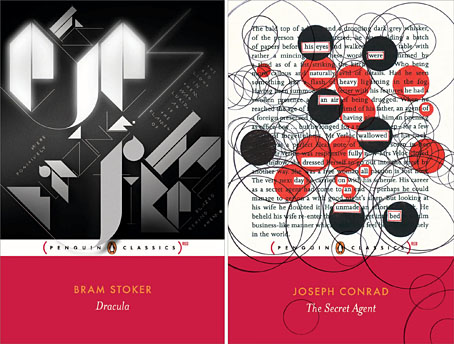
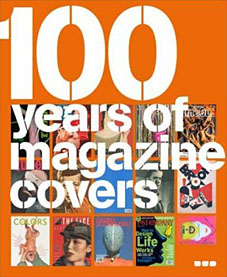 Battling through the Xmas post, two new volumes arrived here this week, from
Battling through the Xmas post, two new volumes arrived here this week, from